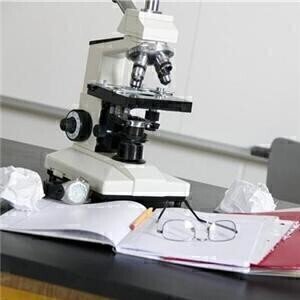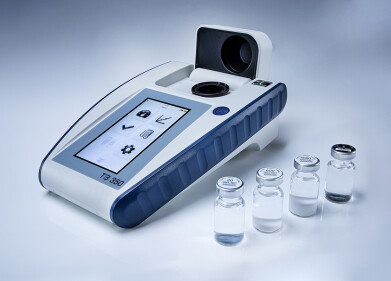Water/Wastewater
RADAR Measurement for non-contacting level, flow and velocity
Jan 21 2019
While RADAR devices have been available for many years for level measurement, they have typically too often fallen into one of two camps – unreliable or eye-wateringly expensive, only for very specialised applications. Recently, though, a new generation of compact, economical RADAR sensors have come to market, bringing the benefits of RADAR to applications both old and new.
Pulsar Process Measurement will always be thought of first and foremost as a manufacturer of ultrasonic systems, and indeed Pulsar has developed non-contacting ultrasonic control, especially for wastewater applications. In fact Pulsar’s pump station management systems, with their comprehensive in-built control routines and sophisticated add-ons such as automatic pump de-raggers, pump power monitors, telemetry and even cameras, have largely displaced PLC installations in many areas.
None of the control is possible, however, without reliable and robust measurement at its heart, and ultrasonic measurement remains the most cost-effective and best choice technology in maybe 90% of cases. That said, for the other 10%, where there is persistent foam or an atmosphere high in carbon dioxide or other gases, or where there are extremes of temperature change, Pulsar felt that it was vital that users could choose RADAR without losing any of the control functionality they enjoyed through their ultrasonic systems.
In a Pulsar system, much of the initial signal processing is undertaken in the sensor head, so they developed a RADAR sensor that is interchangeable with an ultrasonic transducer, so control functionality remains exactly the same with both systems. Pulsar RADAR sensors are backwards compatible with existing ultrasonic controllers already in use; if conditions change or a measurement device is redeployed into another application where RADAR is a more suitable answer then the user need only replace the sensor head to change the measurement technique.
All of Pulsar’s RADAR systems operate using an FMCW (Frequency Modulated Continuous Wave) approach, offering accuracy and reliability advantages over pulsed RADAR measurement. Taking a slightly different angle, Pulsar’s MicroFlow is a RADAR velocity sensor that is positioned at a 45º angle above a channel and derives the flow velocity by measuring the frequency shift as the signal is reflected from a moving surface. Although the MicroFlow operates as a stand-alone device, it can be paired with an ultrasonic or RADAR level measurement sensor for applications where it would be difficult or impossible to introduce a primary measurement device (PMD), measuring flow using an area x velocity calculation. This technique was recently used to monitor flow in a number of large concrete channels for the large-scale River of Life project in Malaysia, providing accurate and reliable flow measurement in a situation where a Parshall flume would have been prohibitively expensive.
Digital Edition
IET 34.2 March 2024
March 2024
Gas Detection - Biogas batch fermentation system for laboratory use with automatic gas analysis in real time Water/Wastewater - Upcycling sensors for sustainable nature management - Prist...
View all digital editions
Events
Apr 17 2024 Guadalajara, Nexico
Apr 18 2024 Shanghai, China
Apr 22 2024 Hannover, Germany
Apr 22 2024 Marrakech, Morroco
Apr 23 2024 Kuala Lumpur, Malaysia


















